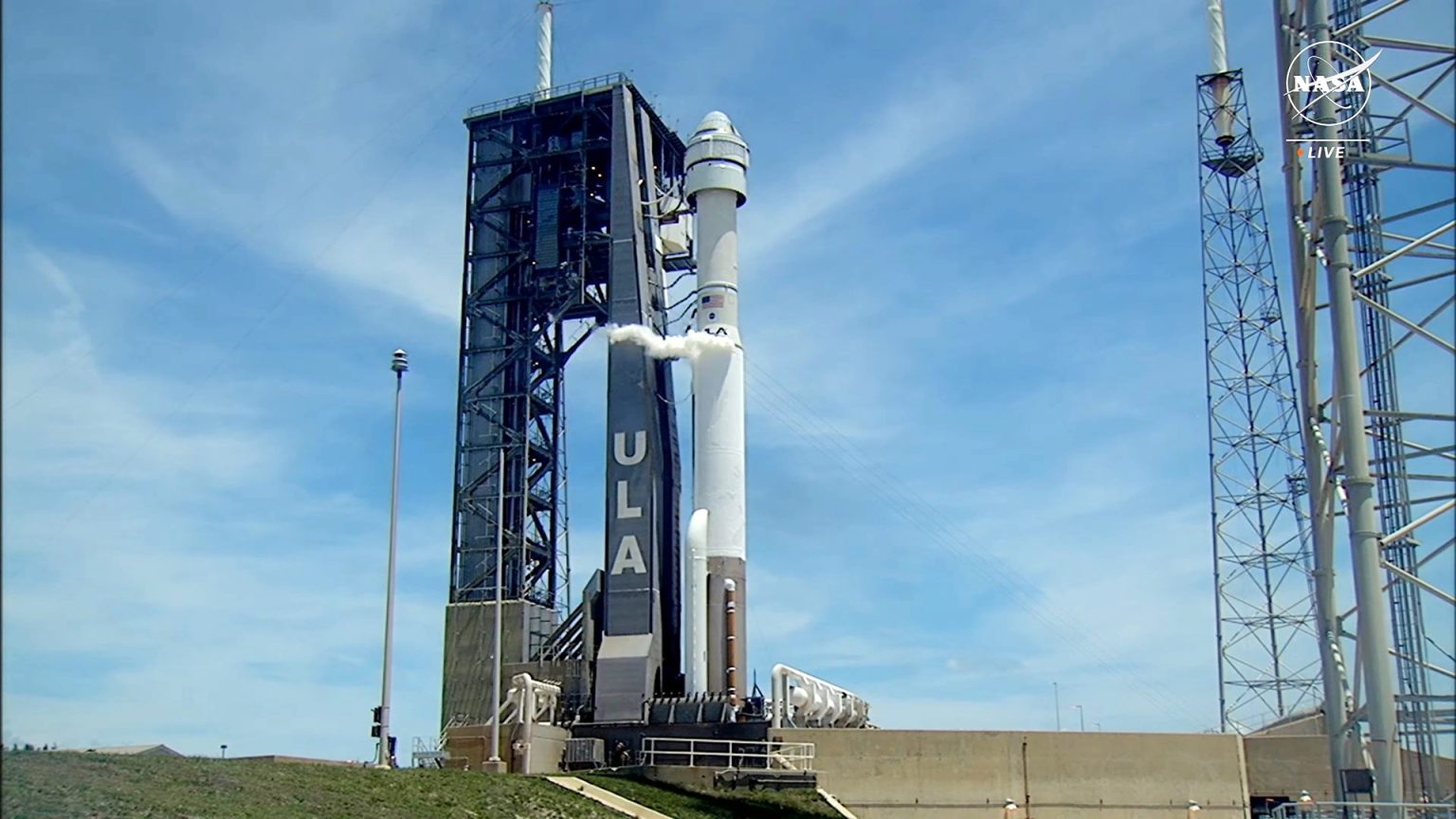United Launch Alliance’s Atlas V rocket, topped by Boeing’s Starliner space capsule, was recently set for its first crewed launch, however, it was called off while the crew members were in their seats, awaiting liftoff. The hold was triggered by an alarm from the computer monitoring Starliner’s launch vehicle, the Atlas V rocket, during the final moments of the countdown at Cape Canaveral Space Force Station in Florida. Despite the setback, the mission managers quickly began investigating the cause of the hold and began the process of helping the NASA astronauts, Butch Wilmore and Sunita Williams, out of the capsule. The next potential launch opportunities are scheduled for Sunday, Wednesday, and Thursday, depending on how quickly the issue is resolved. This mission, if successful, will be the first time the Starliner space capsule transports astronauts to orbit, marking a pivotal moment in its development and testing.
The development of the Starliner space capsule has been through challenges and setbacks, including a $1 billion cost overrun that Boeing had to cover. Its first uncrewed flight test in 2019 did not fully succeed, necessitating a second test in 2022 that met its objectives. The first attempt at a crewed test flight was delayed two hours before launch due to issues with the rocket’s Centaur upper stage. Additionally, a small helium leak was detected, leading NASA and Boeing engineers to decide to proceed with the flight despite the issue. Concerns about a design vulnerability in Starliner’s propulsion system emerged, which could impact its ability to execute a deorbit burn if certain thruster units fail. Following the crewed flight test, NASA and Boeing plan to investigate and address these issues to optimize the spacecraft’s design and safety.
Another issue arose after the failure of one of the parachutes on Jeff Bezos’ Blue Origin space venture’s New Shepard crew capsule during a suborbital space mission. Since Starliner uses a similar parachute system, NASA and Boeing worked with Blue Origin to ensure the problem would not occur during the upcoming orbital test mission. The investigation revealed that the malfunction was due to a reefing line failure in the parachutes, prompting a thorough review of Starliner’s parachute system. NASA had to switch Starliner’s payloads last minute due to a pump failure on the space station, replacing it with supplies and a replacement pump carried by the capsule. The adjustments to the payloads required removing two suitcases containing clothing and hygiene items for the astronauts to maintain mass distribution balance.
The goal of the Starliner crewed test flight is to transport Wilmore and Williams to the International Space Station for an eight-day stay. At the end of their mission, they will return to Earth in Starliner, with a parachute-aided, airbag-cushioned landing in the western U.S., dependent on weather and timing conditions. The data collected during this test flight will be essential for Boeing to make refinements to the spacecraft’s design. To be a commercial “space taxi” alongside SpaceX’s Crew Dragon, Starliner must successfully demonstrate its capability to transport astronauts to and from orbit safely. The outcome of this mission will be critical in positioning Starliner as a reliable commercial spacecraft for future crewed missions.


